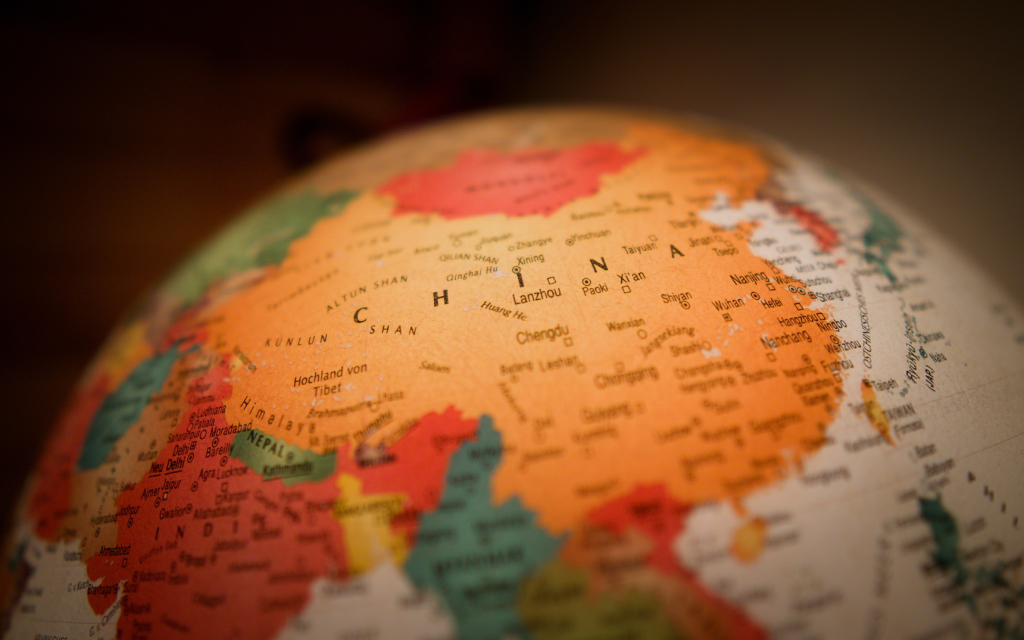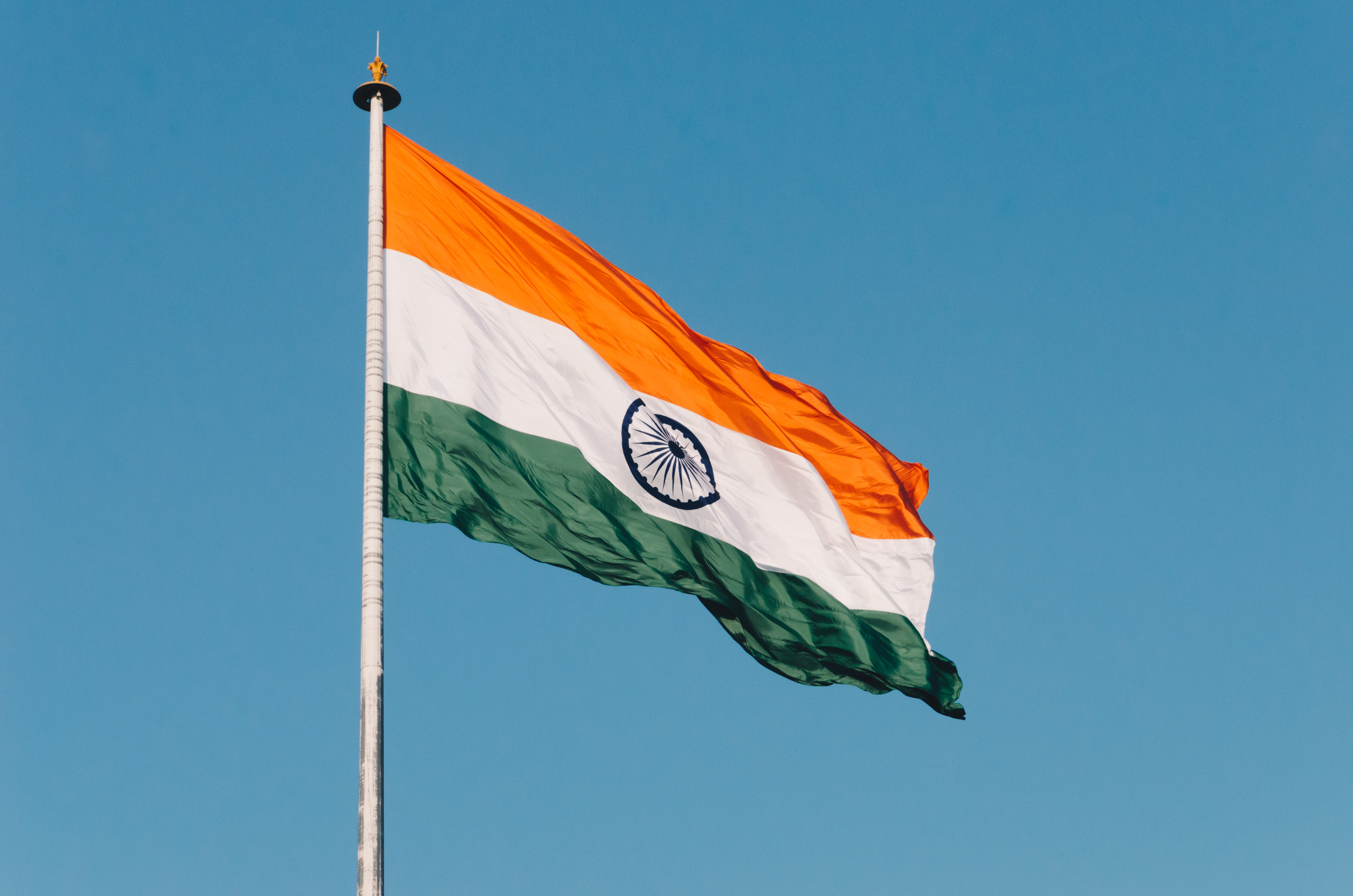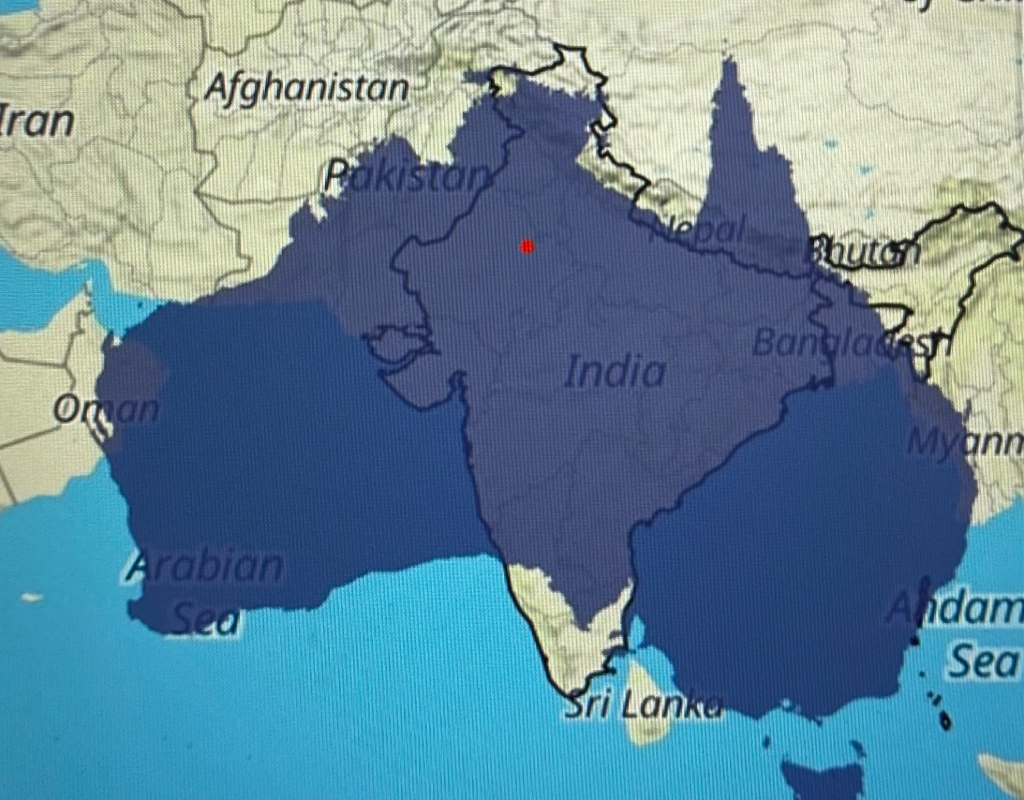Massive And Most Populous: India’s People Power Alarmingly Surpasses China’s
During my short lifetime, I never would have guessed that the birthplace where my late parents were raised has now become the most populous country in the world.
According to the United Nations (UN), it has finally overtaken China. This represents one of the most significant shifts in global demographics since it officially began recording statistics in the 1950s.
India’s population currently stands at well over 1.44 billion. Expressed in Indian terminology, this equates to 144 crore (one crore = 10,000,000,000).
Compare this figure to when it gained its independence from the UK in 1947, when there were 350 million people. Even then, this is still 14 times the population of Australia in 2023, which stands at nearly 27 million.
Compared with China, with 49,000 babies born per day, there are, on average, 86,000 babies born per day in India. Based on current trends, the population of India is predicted to be 1.7 billion by 2064.
To add another layer of complexity, this only includes registered births.
Since 2011, the Modi government has not conducted any formal census in all of India’s 28 states or 8 union territories, so these figures are a gross estimate.
The central government claims the 2021 census was halted due to the pandemic. Sceptics have accused obstruction of this process was due to some other agenda.
In any case, the UN has pressured India to carry out the information-gathering process.
Only then can policymakers develop robust programs that address the needs of the true population and allocate resources accordingly.

Tracing China’s Population Trajectory: Past, Present And Future
Historically, China managed to leverage its massive population surge after WWII to become an economic powerhouse. Since Communist inception in 1949, inhabitants were bearing so many children the population rose from 540 million people in 1949 to close to a billion in 1980.
It was rapidly becoming a runaway population.
As a result, the Chinese government became so concerned regarding sustainability. Chairman Deng Xiaoping introduced the One-Child Policy in 1979. Families incurred fines for having extra children. If left unpaid, they did not register any additional children, rendering them non-existent.
This denied them basic rights like healthcare and education. It was also not uncommon to enforce women to undergo abortions and sterilisations and, in extreme circumstances, female infanticide.
As the number of children being raised decreased, the working population here soared. At the time, this made China the world’s second-biggest economy. As the workforce grew and mortality rates dropped, experts hailed it as an astounding ‘demographic dividend‘.
But, as there are more elderly people than youngsters due to this policy, a silver-haired generation is gradually becoming more dominant. In fact, for the first time in 2022, the population of China actually shrank by 850,000.
By the end of 2023, is predicted to fall by a staggering two million people and more even more alarmingly, demographers at the UN expect the population to decrease by 48 million by 2050.
Experts expect this trend to persist even further into the 22nd century, even though China lifted the One-Child Policy in 2016. Furthermore, part of the problem is a cultural or traditional preference to give birth to sons. Sons were historically prized for passing on the family name, a Confucian legacy enshrined in the saying:
“There is no behaviour more unfilial than to have no male descendants.”
In China, this translates into men now outnumbering women by 32 million.
Many areas of China have rolled out fertility policies to incentivise more women to have children. However, this is likely to fail for many reasons. As highlighted, if millions of fertile women are around, this strategy is unlikely to have any impact.
Second, in 2022, the China Project quoted that the cost of raising a child in an urban area from birth to 18 was 630,000 yuan (US$100,000). And with a quarter of the country living in poverty (defined by metrics from the World Bank as living on less than US$5.50/day), having children seems economically unviable at present.

Back To India: Battling the Ballooning Population With Birth Control Strategies
- To mitigate the effects of a ballooning population, India was the first country in the world to introduce a National Family Planning scheme in 1979.
This program targeted male individuals of lower socio-economic class. Authorities forcibly took them to clinics and violated their bodies by performing vasectomies without their consent.
Fraught with controversy, let alone coercive ferocity, this was an attempt to stop impoverished men from reproducing, hoping it would break a cycle of poverty and unemployment. - Today, it is now women who are being targeted by healthcare workers. They are incentivising them with a nominal amount of money to undergo surgical sterilisation procedures.
- Currently, it is predicted that a third of the population will come from the two poorest agricultural states located in the north of the country, Uttar Pradesh and Bihar. Uttar Pradesh alone has a population of 225 million, with Bihar’s at 131 million.
So, with their combined population, that is more than the whole population of the USA. In terms of land mass by area, these Indian states could fit into the US almost 30 times.
Australians, like myself, may find this pictorial representation useful:

The tiny red dot represents the capital city, New Delhi. The population currently stands at 33 million.
Compare this with the superimposed image of Australia, the entire population currently standing at nearly 27 million.
(Image designed by Dr Surrinder Paul Singh – author of this blog © )
India’s Economic Enigma: The Highs And Lows
This global shift is creating massive consequences for India’s people, its economy and the rest of the world. The average age in India is just 29 years old, making it officially the youngest country in the world.
In 2022, less than 10 million Indians became eminently employable. Of these, they applied for only 35,000 stable positions on the railway system, one of the country’s largest sectors. Therefore, with such a vast young population, there is fierce competition for jobs.
Unfortunately, only 40% of employable individuals actually have a job. 90% of these people are in unstable employment with irregular hours, with little or no benefits. It is self-evident then that if not enough jobs are created and youngsters are up-skilled, the country will miss out on a huge opportunity to boost its economic growth and hence, its Gross Domestic Product (GDP).

Indispensable India Is Re-shaping The Future
It may come as no surprise that, based on these figures, by the beginning of 2030, one-third of the world’s population will live in only two countries, India and China. One in five people under 25 years globally will be living in India.
In economic terms, India has a significant workforce and consumer base. This presents opportunities for businesses worldwide to tap into India’s market and access its workforce.
The primary untapped resource here is undoubtedly women. According to Reuters, they only make up 25% of the workforce. This may be ascribable to India’s ongoing patriarchal belief system. Unfortunately, the culture discriminates and subjugates women in proclaiming they should stay at home while men exclusively act in the ‘bread-winning’ role.
If this gender imbalance were to change, India’s population could also put significant pressure on global resources and trade systems, That is if only India’s growth worryingly outpaces the ability of the global economy to sustain it.
As I am passionate about climate change (you can read about my ongoing concerns here), India is already experiencing challenges such as deforestation, water scarcity and air pollution.
In 2020, India was the third largest emitter of CO2 globally. These environmental issues will have a ripple effect beyond India’s borders, undoubtedly affecting the whole planet’s health.
Politically, India has a significant influence on the world stage. As the world’s largest democracy, it is already having a significant influence in areas of trade, security and human rights. However, this carries a warning since the people can vote the government out at any time, potentially destabilising the country.
Compare this to China, for instance, where major policies were introduced with little resistance due to a communistic régime. As a result of a stable government, it excelled in its many manufacturing capabilities over the decades.
Having said that, India’s rich cultural heritage and traditions have influenced the world for centuries. Its population will grow and evolve, continuing to impact the world more than ever.
According to the Minister of External Affairs, India officially has the largest diaspora globally. Standing at 32 million in over 150 countries, it has brought elements such as Ayurvedic medicine, food, fashion, art and cinema to every corner of the globe.
Let us also not forget yoga that I have written about by clicking here. Yoga has weaved its way to health clubs, wellness centres, or perhaps even your home.
Whilst I attempt to unblock and re-align my chakras and ensconce myself in this activity, I will leave the reader to reflect on how this huge demographic transition may affect them, if at all.
So, what are your views on the world’s ballooning population?
Comments welcome.

Read more about the Indian 🇮🇳 and Chinese 🇨🇳 by clicking on their respective flags
About Surrinder Singh

Dr Surrinder Singh is a medical doctor, blogger and freelance writer. He is passionate about healthcare, medicine and education and works professionally with B2B and B2C clients.
Massive And Most Populous: India’s People Power Alarmingly Surpasses China’s Read More »

